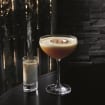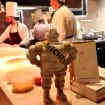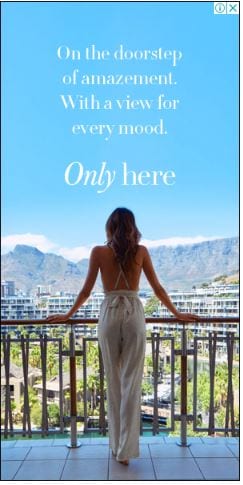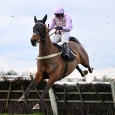
By Wibke Carter
The mention of the word Basel and what comes to mind will invariably be wealth, luxury, and art. This well-earned reputation has been cultivated over the eons to become one of the world’s most revered and the most vibrant metropolis of art. To the art lover and collector, Basel is nirvana.
A stroll through the narrow, cobblestoned alleyways and past venerable buildings opens up the city’s long history which stretches back over 2,000 years. Its attractive location on the Rhine River first attracted the Celts in the Bronze Age before the Romans made Basel an important trading point. In 1460, it became home to Switzerland’s first university and humanist scholars like Erasmus von Rotterdam, whose grave can be visited at Basel Minster, were particularly drawn to the city.
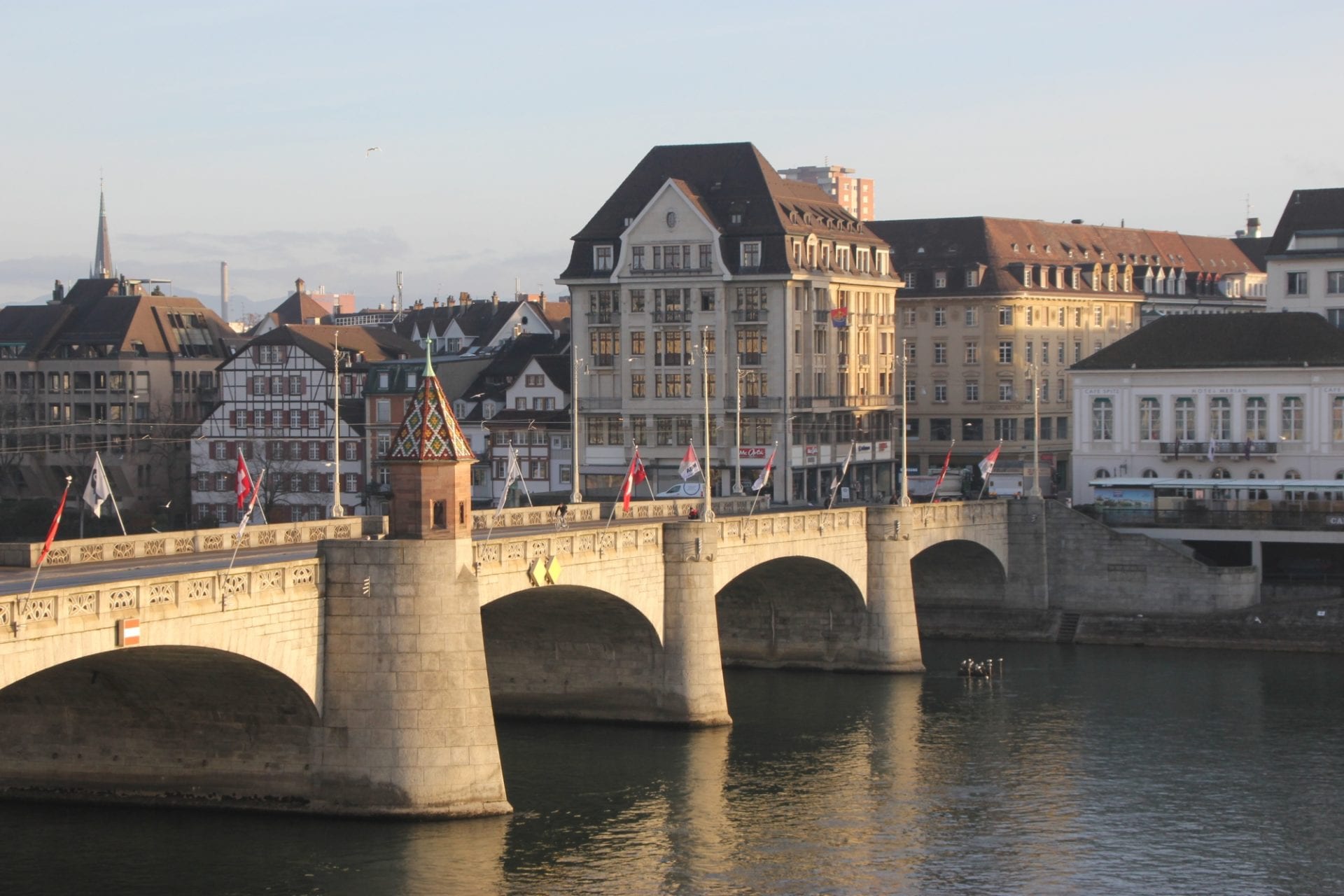
Basel’s prosperity was associated first with silk weaving then with dyeing and both economic mainstays went on to evolve into the pharmaceutical and chemical industry which laid the foundations for its reputation as the country’s wealthiest city.

Ever since the city fathers bought twenty Hans Holbein paintings in 1661, Basel has had a long standing patronage of the arts which has resulted in some first-rate museums, galleries, and contemporary architecture. When three of Basel’s gallery owners began collaborating in the late 1960s they had no way of knowing that they were paving the way for one of the world’s most prestigious art fairs, Art Basel, founded in 1970.
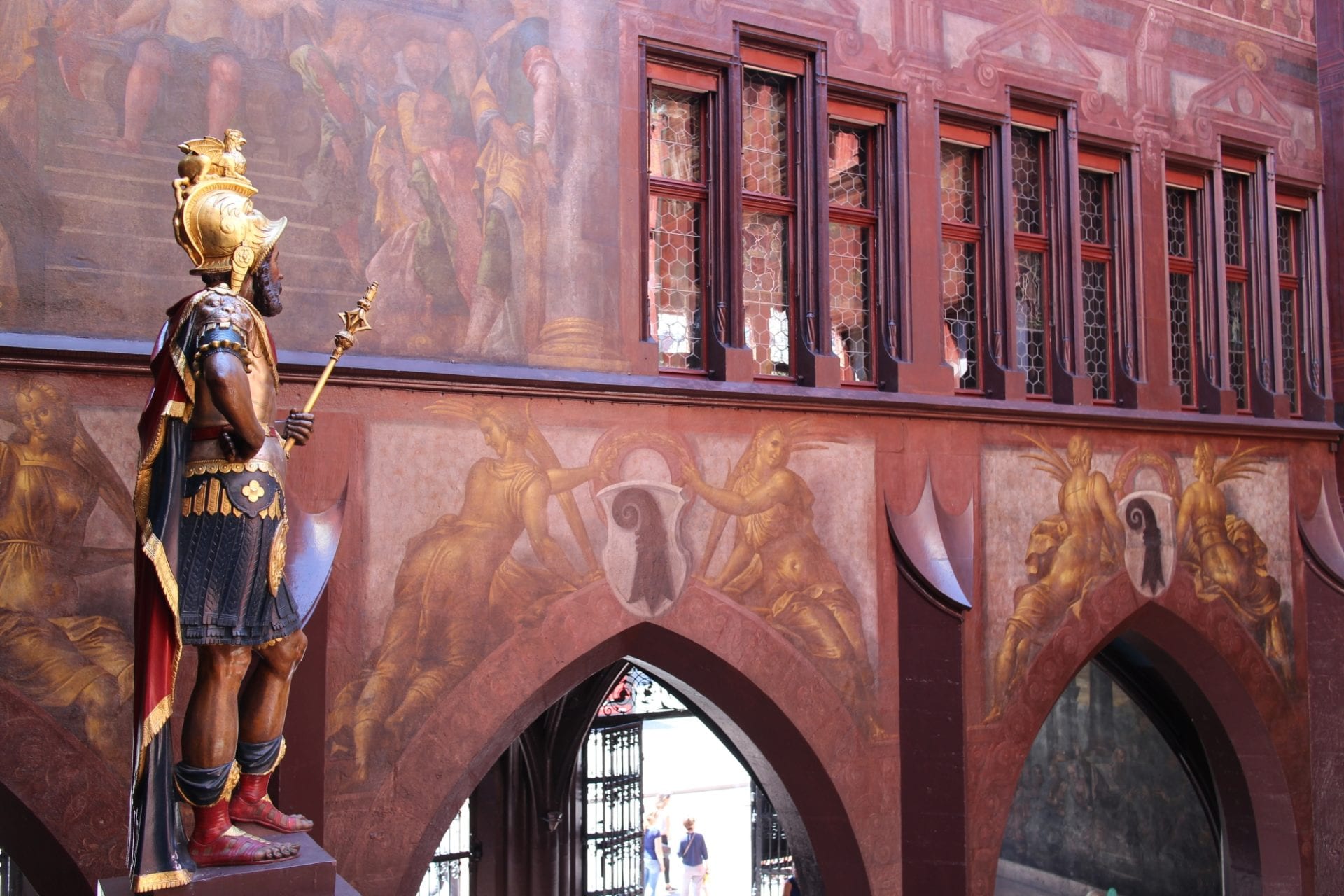
One of the original organizers, art dealer Ernst Beyeler, started his own collection from the classical modern and contemporary periods in the 1950, and made it accessible in 1997. The Fondation Beyeler, Basel’s finest gallery, features works by Picasso, Rothko, Rodin, Miró and others. The building alone, designed by Renzo Piano, architect of Paris’s Pompidou Centre, is worth the twenty minute tram ride to the suburb of Riehen.
"Basel has had a long standing patronage of the arts which has resulted in some first-rate museums, galleries, and contemporary architecture. "
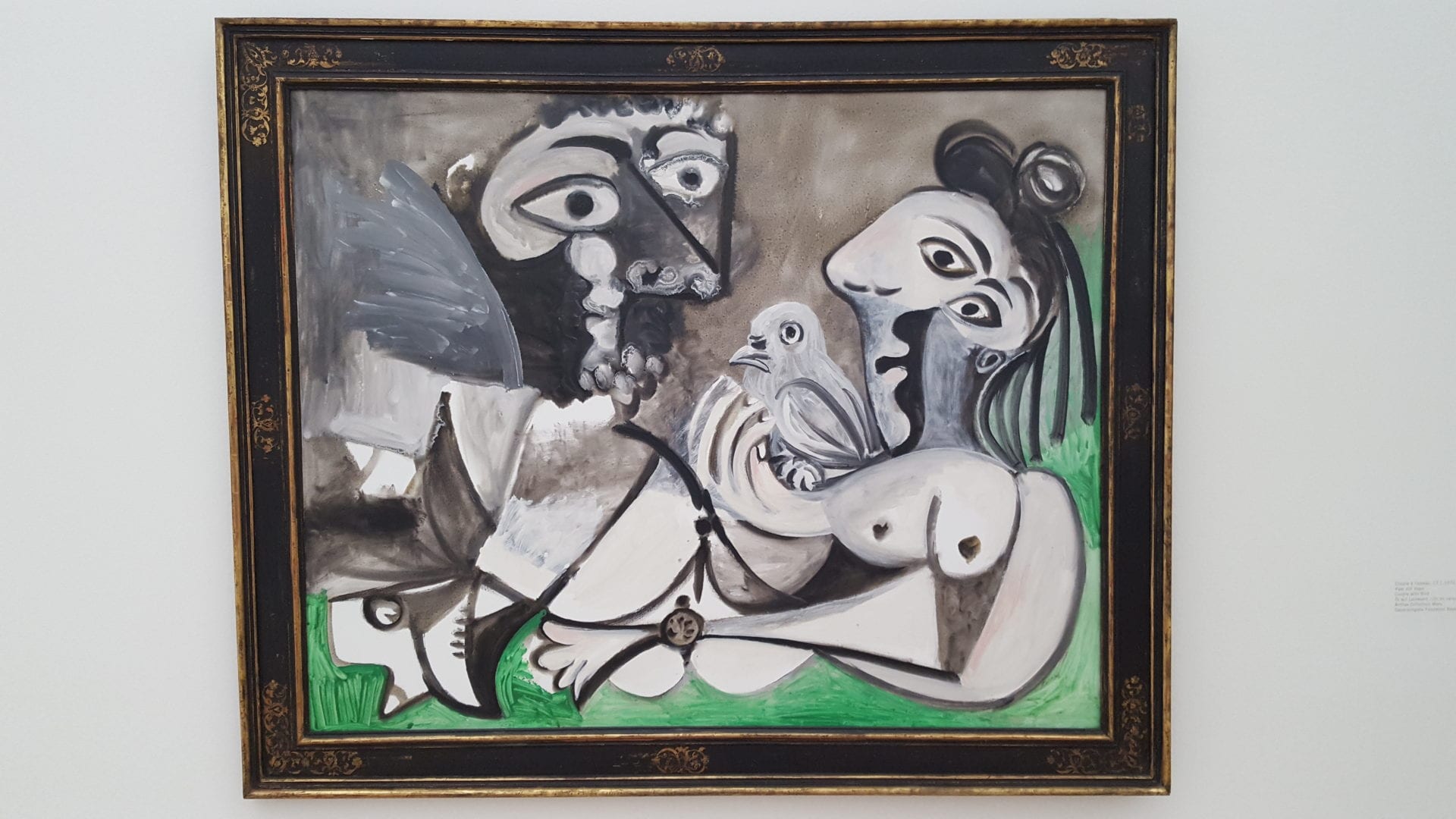
The ancient collection of Holbeins in the Kunstmuseum Basel has almost been eclipsed by its modern art – in particular Cubist and American paintings – but it still includes works by Rembrandt, Rubens, Gauguin, Monet, Cézanne and Van Gogh.
It’s not just art lovers, curators and collectors who are drawn to Switzerland’s third largest city. It’s busy all year round according to Isidora Rudolph from Basel Tourism. “In winter, we have the Christmas market, in summer, thousands of people jump in the river at the Rhein Schwimmen but by far the most popular time is what we call the three best days of the year”. The country’s biggest carnival is outrageously funny, creative, musical, and … anarchical chaos. Processions turn one of Europe’s best preserved historic centers into a sea of illuminated, hand-painted lanterns, when thousands of costumed drummers and piccolo-players march through the streets.

The beating heart of the city is the market square, dominated by the red sandstone town hall which dates from 1504 and delights with paintings by Hans Bock depicting “Law and Legislation” and “Basel’s membership of the Swiss Confederation in 1501”. It was built after the great earthquake of 1356 to replace the former seat of government and to this day, the Cantonal Parliament, consisting of 100 members, meets here twice a month for debate in the Assembly Hall. The inner courtyard of the town hall with its ornate paintings is open to the public.
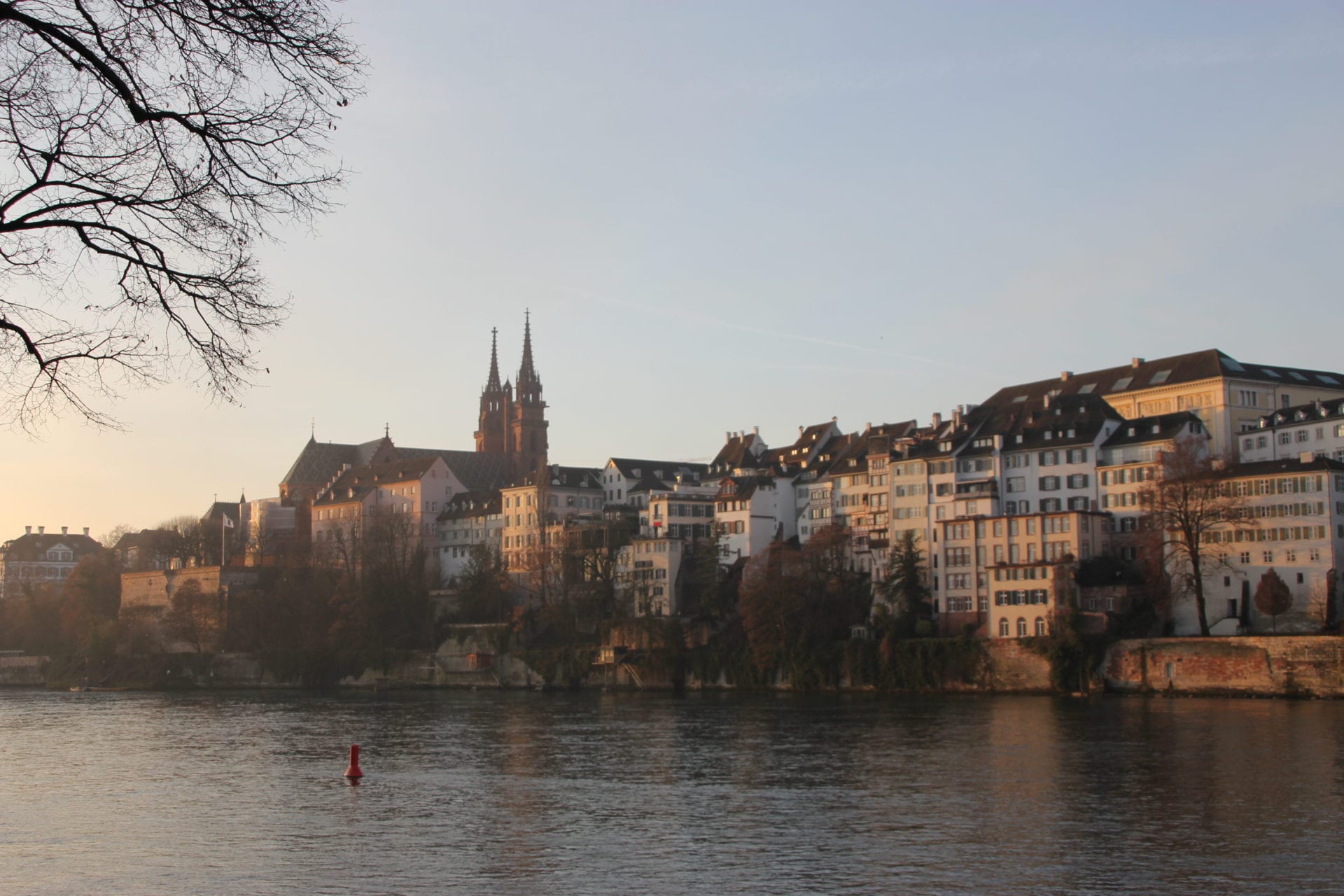
Only a few streets further, towering over the Rhine River, stands the Basler Münster, built between the years 1019 and 1500 in the Romantic and Gothic styles. The crypt, the chancel, the tomb of Erasmus of Rotterdam, the Gallus gate and the two cloisters are witness to a fascinating tale of construction over a period of several centuries. Outside, the Pfalz – the terrace offering unobstructed, far reaching vistas over the Rhine – is one of the most popular viewpoints in the city.
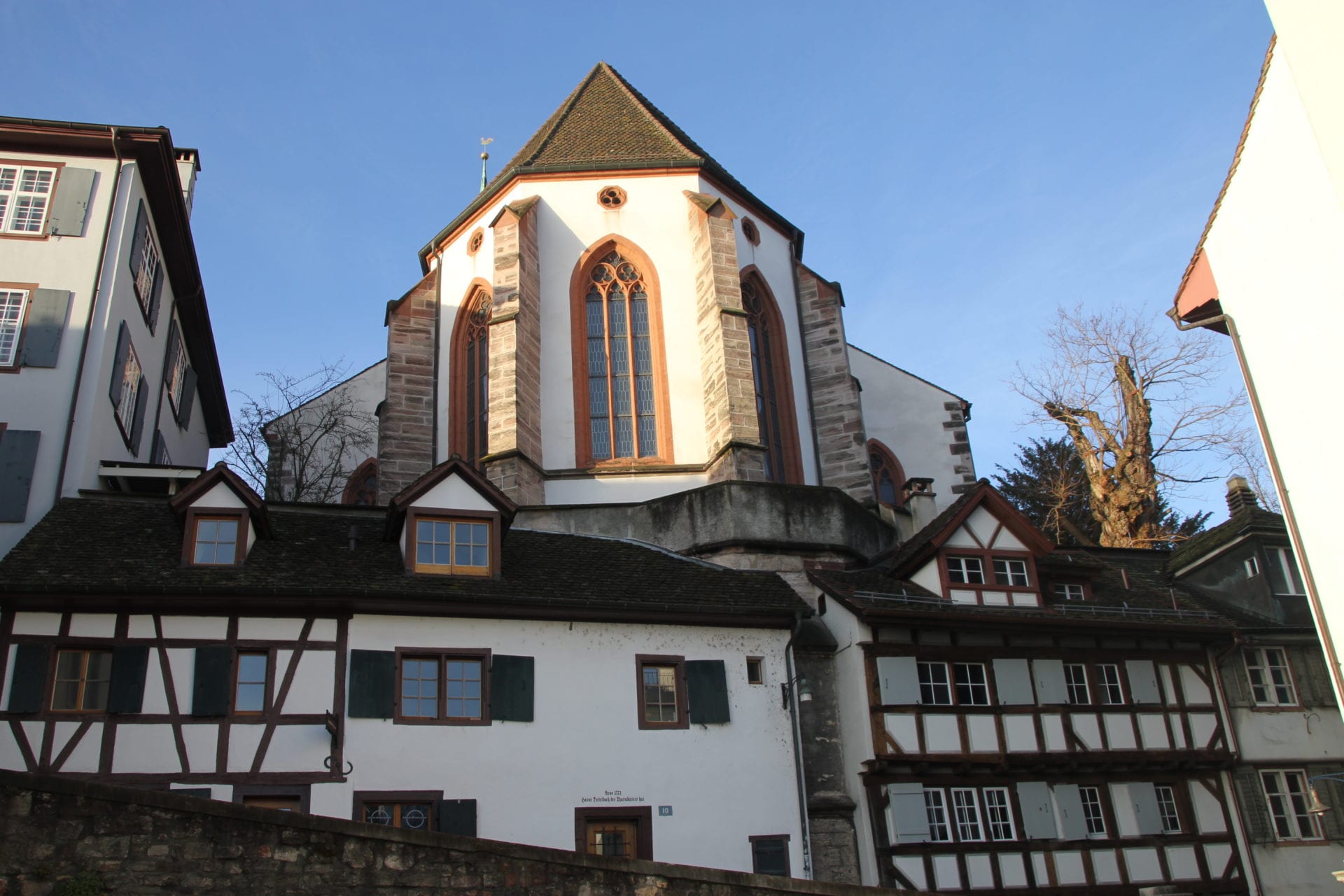
While many of the traditional 13th century half-timbered in Basel’s Old Town proudly display their construction dates, some of the best attractions arrived more recently. Modern masterpieces designed by renowned architects such as Mario Botta, Diener & Diener and Richard Meyer are presented in Basel in an unrivalled density.
Perfectly signifying the blend of old and new is the Volkshaus, a former concert hall, which dates back to 1925 and was converted into a French brasserie and classic bar by the star architect duo Jacques Herzog and Pierre de Meuron.
Trailblazers in shaping the cityscape, Basel’s famous sons set up their business at Rheinschanze 6 in 1978 and continue to work there to this day. Although now having offices from London to Tokyo and employing more than 400 staff, both still live in Basel, the place with the largest number of buildings designed by them.
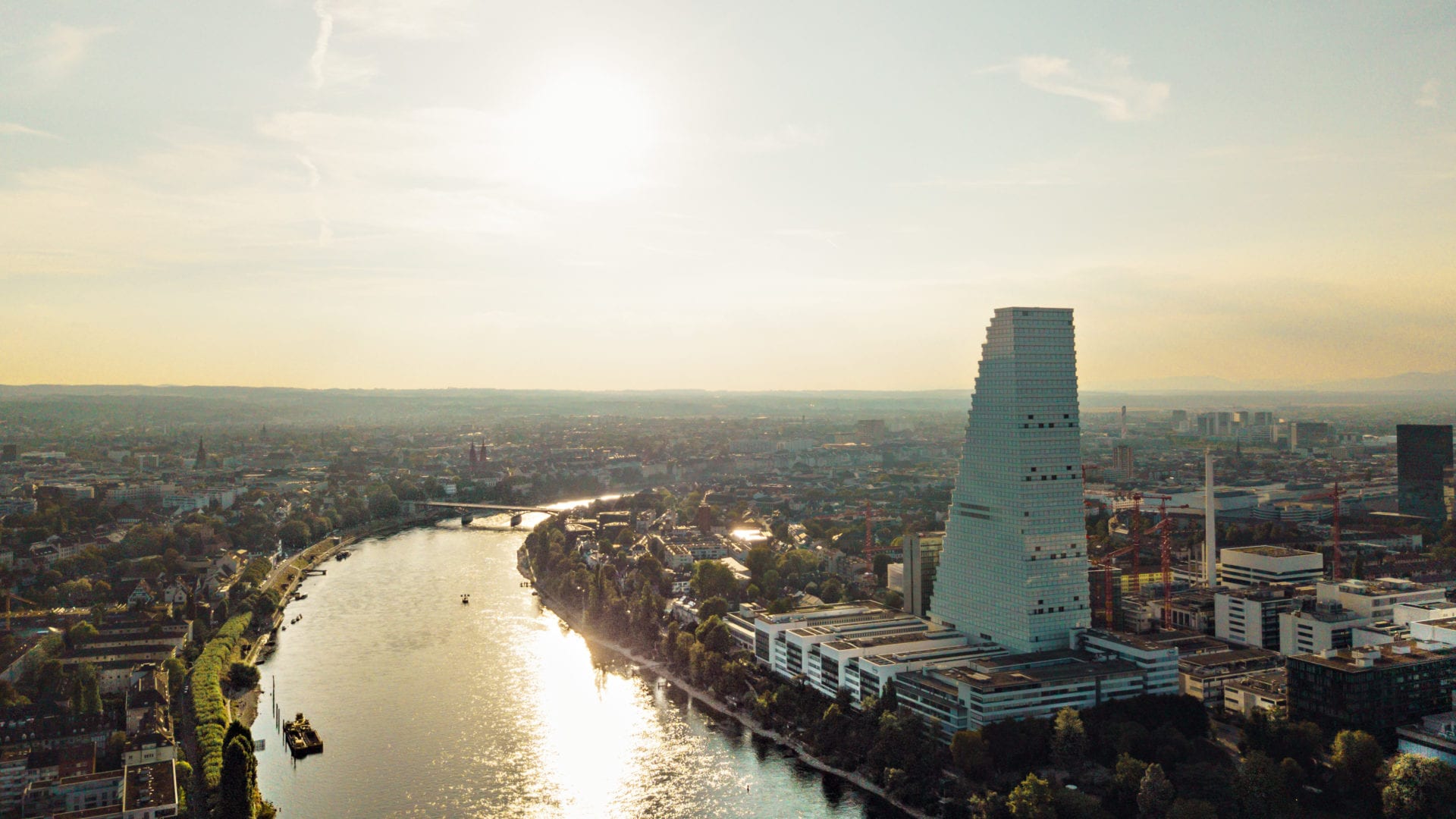
The most eye-catching is the headquarters of pharmaceutical company Hoffmann-La Roche, a skyscraper which at 584ft is Switzerland’s tallest building. Beauty lies in the eye of the beholder, but I can’t pretend to take a shining to the monstrosity which sticks out of the skyline like a sore thumb. As the saying goes, “he who pays the piper calls the tune” and as the pharmaceutical companies probably pay half of the city’s taxes, the design of the building can be forgiven. Taking in the clean streets, untainted house facades, immaculate parks and well-run public transport network, I thought that Basel was doing really well, love for the skyscraper or not.
